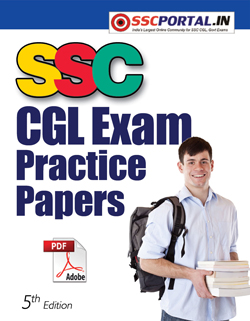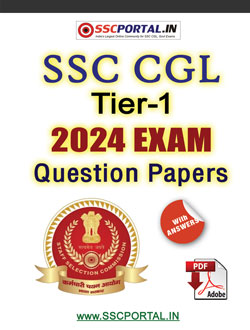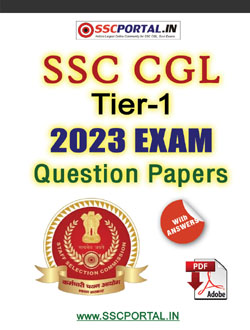Study Material for SSC CGL, CHSL, MTS, Prasar Bharti, FCI Exams : Indian Economy (MCQ)
Indian Economy (MCQ )
1. ‘Self-sufficiency’ in food, in the true sense of
freedom from hunger, has not been achieved in India in spite of a more than
three-fold rise in foodgrains production over 1950 to 1990. Which of the
following are the reasons for it?
A. the green revolution has been restricted to small pockets of the
country.
B. the cost of food is too high compared to the earnings of the poor
C. too much emphasis is laid on wheat and paddy compared to the coarse grains.
D. the gains of the green revolution have largely accrued to the cash crop
rather than food crops.
(a) A, B, and C
(b) A, B, and D
(c) A, C, and D
(d) B, C, and D
2. They are fantastically diverse. They speak hundreds of languages and
dialects. They comprise scores of ethnic groups. They include highly
industrialized economics and up-and-coming economies. They span half the surface
of the earth and tyre home to two-fifths of the world’s population’. The group
of countries referred to here belongs to:
(a) SAPTA
(b) APEC
(c) EC
(d) CIS
3. A consumer is said to be in equilibrium, if
(a) he is able to fulfill his need with a given level of income
(b) he is able to live in full comfort with a given level of income
(c) he can fulfill his needs without consumption of certain items
(d) he is able to locate new sources of income
4. A country is said to be in a debt trap if
(a) it has to abide by the conditionality imposed by the International
Monetary Fund
(b) it has to borrow to make interest payments on outstanding loans
(c) it has been refused loans or aid by creditors abroad
(d) the World Bank charges a very high rate of interest on outstanding as well
as new loans
5. A redistribution of income in a country can be best brought about through
(a) progressive taxation combined with progressive expenditure
(b) progressive taxation combined with regressive expenditure
(c) regressive taxation combined with regressive expenditure
(d) regressive taxation combined with progressive expenditure
© SSCPORTAL.IN






